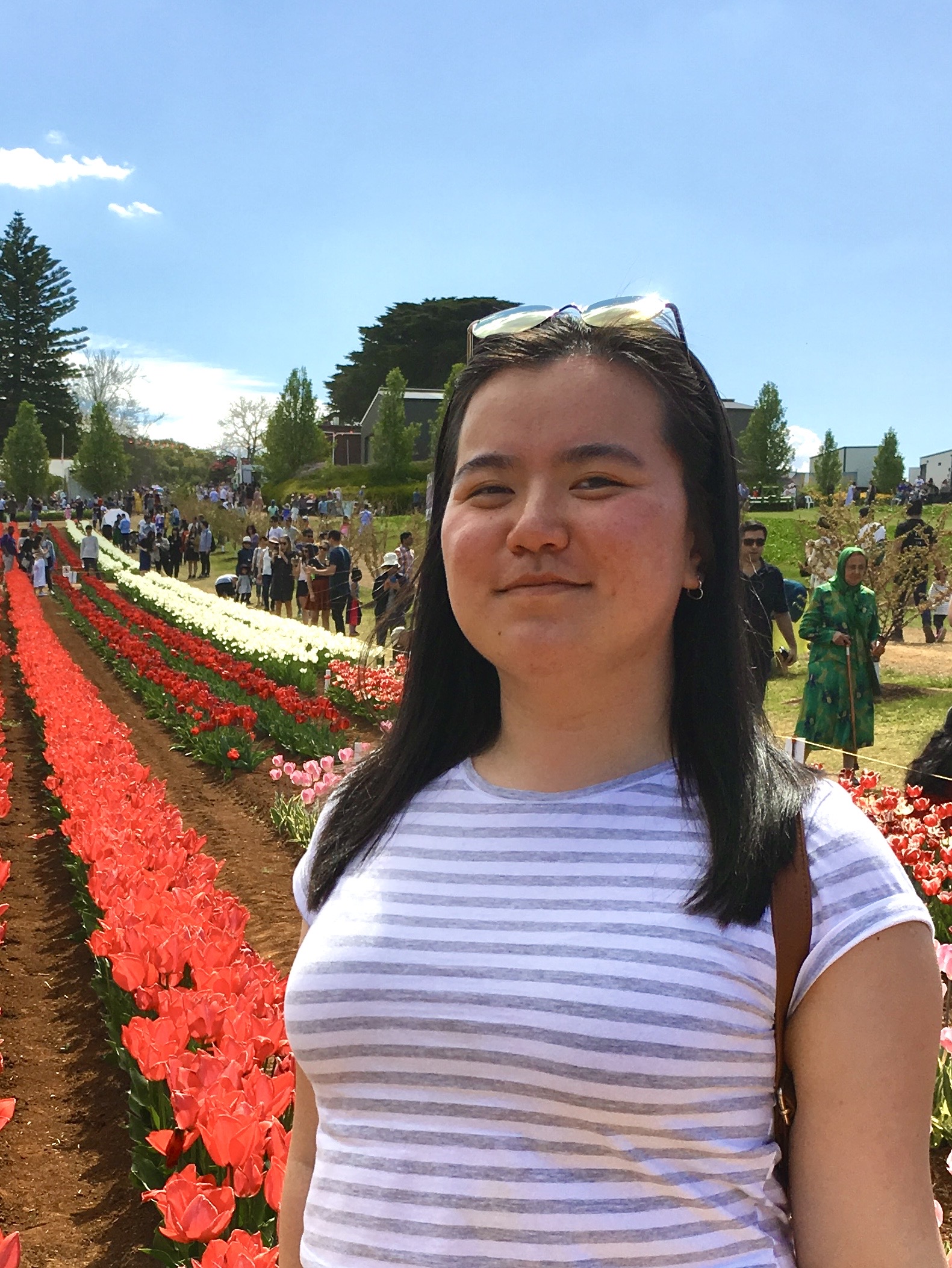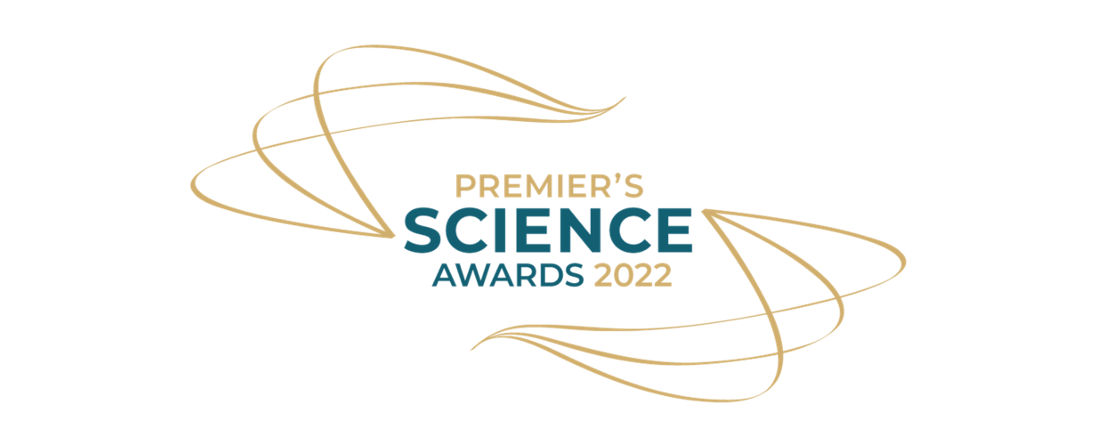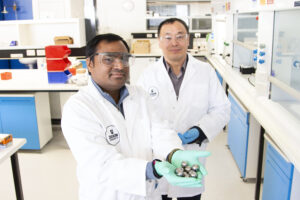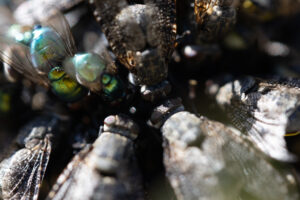Another year, another collection of amazing and ingenious WA scientists to celebrate!
WA Science Hall of Fame Inductee
Professor Igor Bray is a world-leader in the field of atomic and molecular collision physics. Since his appointment as the Head of Curtin University’s Department of Physics and Astronomy in 2010, Igor has transformed the department to become highly active in the research field with high rates of student participation.
On top of teaching at Curtin University, Igor has contributed to the International Thermonuclear Experimental Reactor which is set to be the world’s first power-supplying fusion reactor.
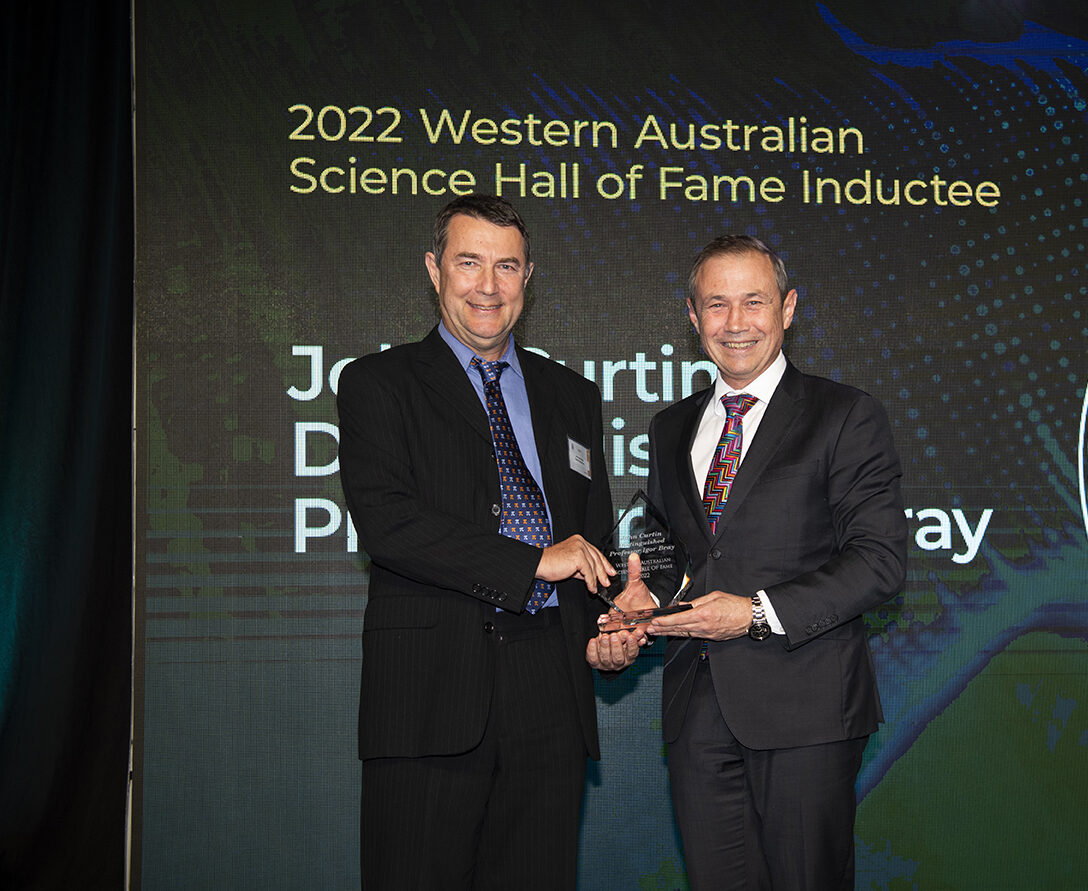
Igor’s work in the field of physics is also applied in proton therapy, one of the most technologically advanced forms of cancer treatment. The process involves the firing of protons to destroy tumours without damaging the body.
Igor and his team is also responsible for developing the convergent close-coupling computational approach to atomic and molecular collisions. It’s the most accurate computational theory to date and involves mapping particles as they collide with each other on an atomic level.
Over the last 20 years of his career, Igor has continued to facilitate annual work experience sessions with high school students, engaging them in hands-on research activities in the areas of computational physics, astrophysics and material sciences.
Scientist of the year
Professor Kliti Grice is a renowned organic geochemist whose research into compound specific isotope analysis is recognised around the world. She made a major impact on her STEM field by providing geological and environmental insights into the largest mass extinction event on Earth which occurred about 252 million years ago.
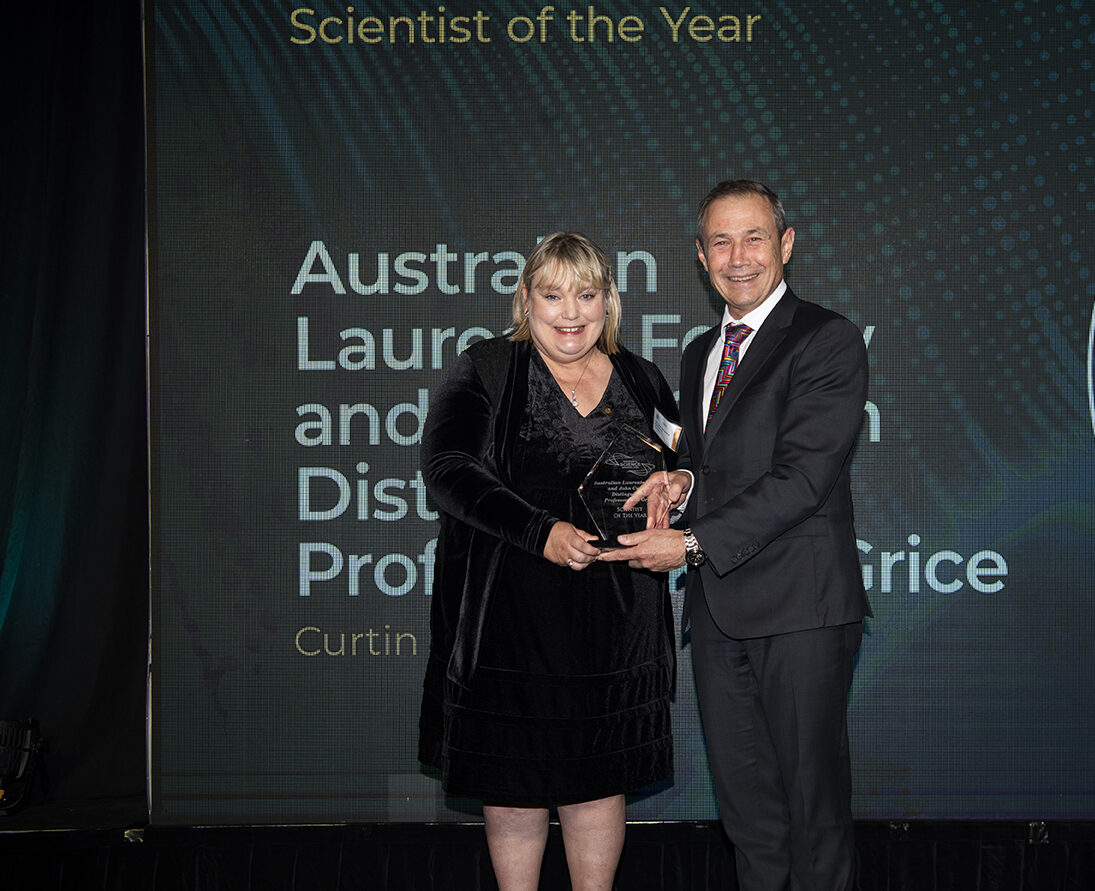
Through her research, Kliti has shown how factors intrinsic to the Earth’s natural system are responsible for some of the major biological extinction events instead of external factors like asteroids.
She is currently focused on exposing more novel evolutionary information by investigating the role of microbial communities in exceptional fossil preservation.
HBF Mid-Career scientist of the year
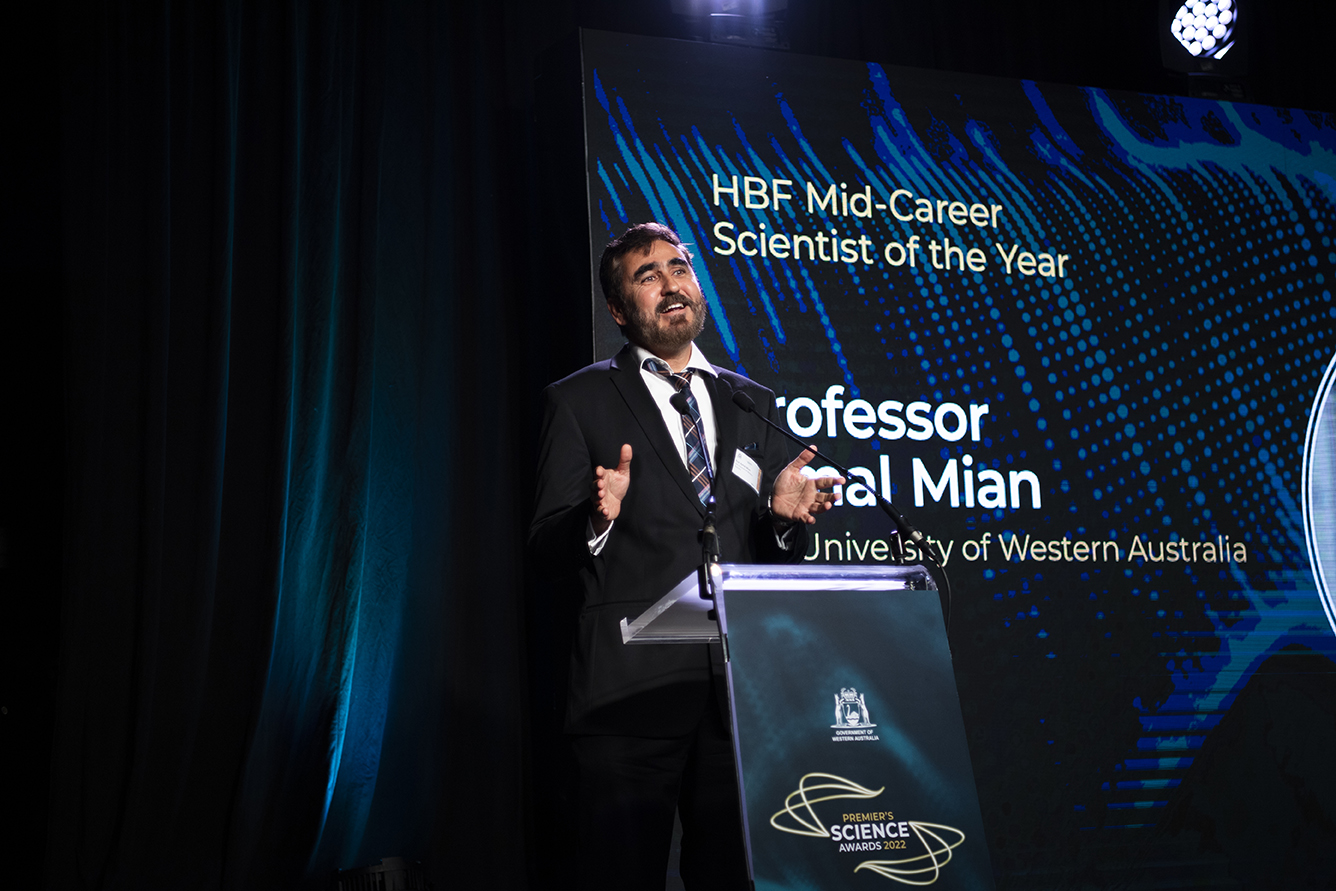
Professor Ajmal Mian is known for his research in Computer Vision, Artificial Intelligence and Deep Learning. He aims to give machines the ability to see, make sense of their environment and use natural language to describe it.
Ajmal uses his findings from AI research to propose novel solutions for problems within the fields of medicine, psychology, marine science, agriculture and mining.
Woodside Early career scientist of the year
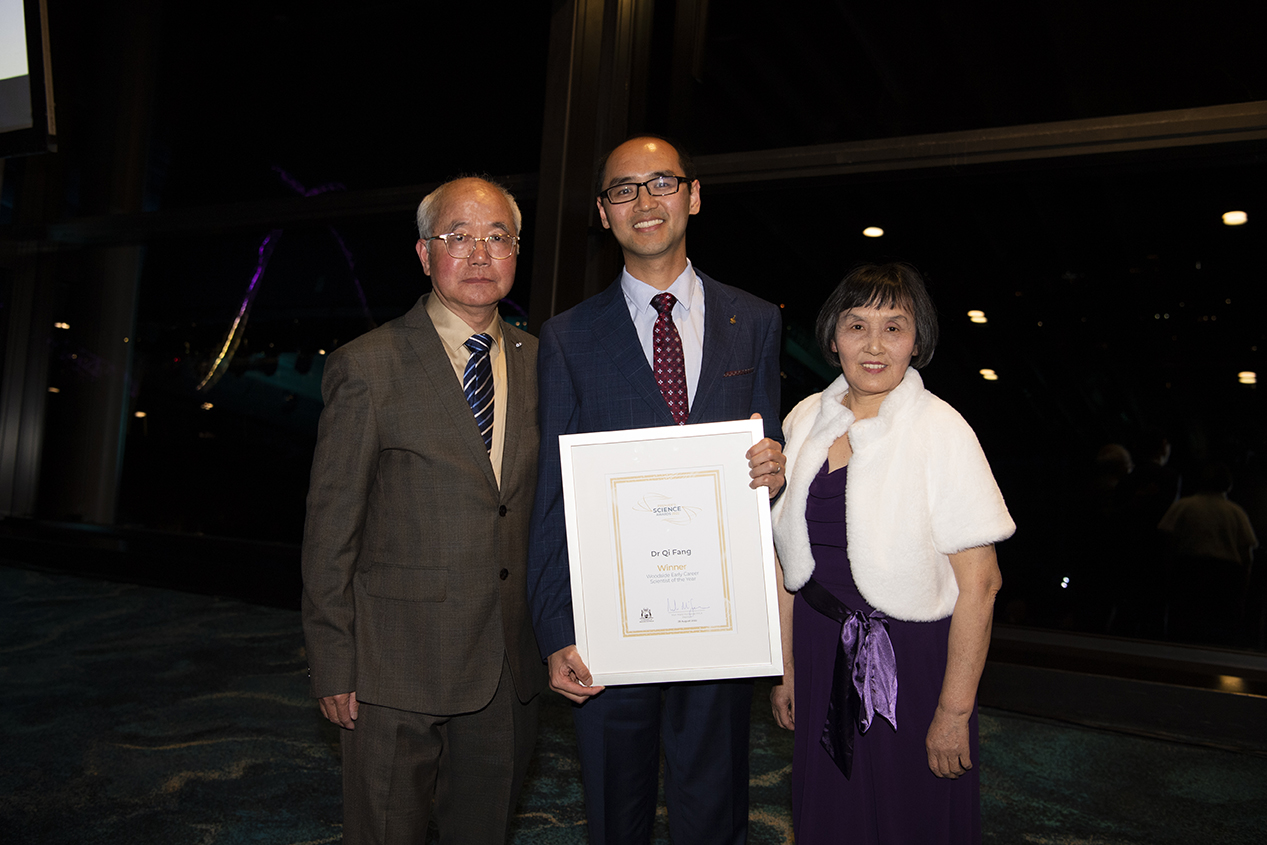
Dr Qi Fang is a medical physicist, engineer and inventor who focuses on developing novel imaging tools for complete cancer removal during surgery for breast cancer patients. His research in this area has contributed towards the commercialisation of cancer imaging probes via Perth start-up company OncoRes Medical.
Exxonmobil student scientist(s) of the year
This year, this award category had joint winners – Nikhilesh Bappoo and Kathryn Ross.
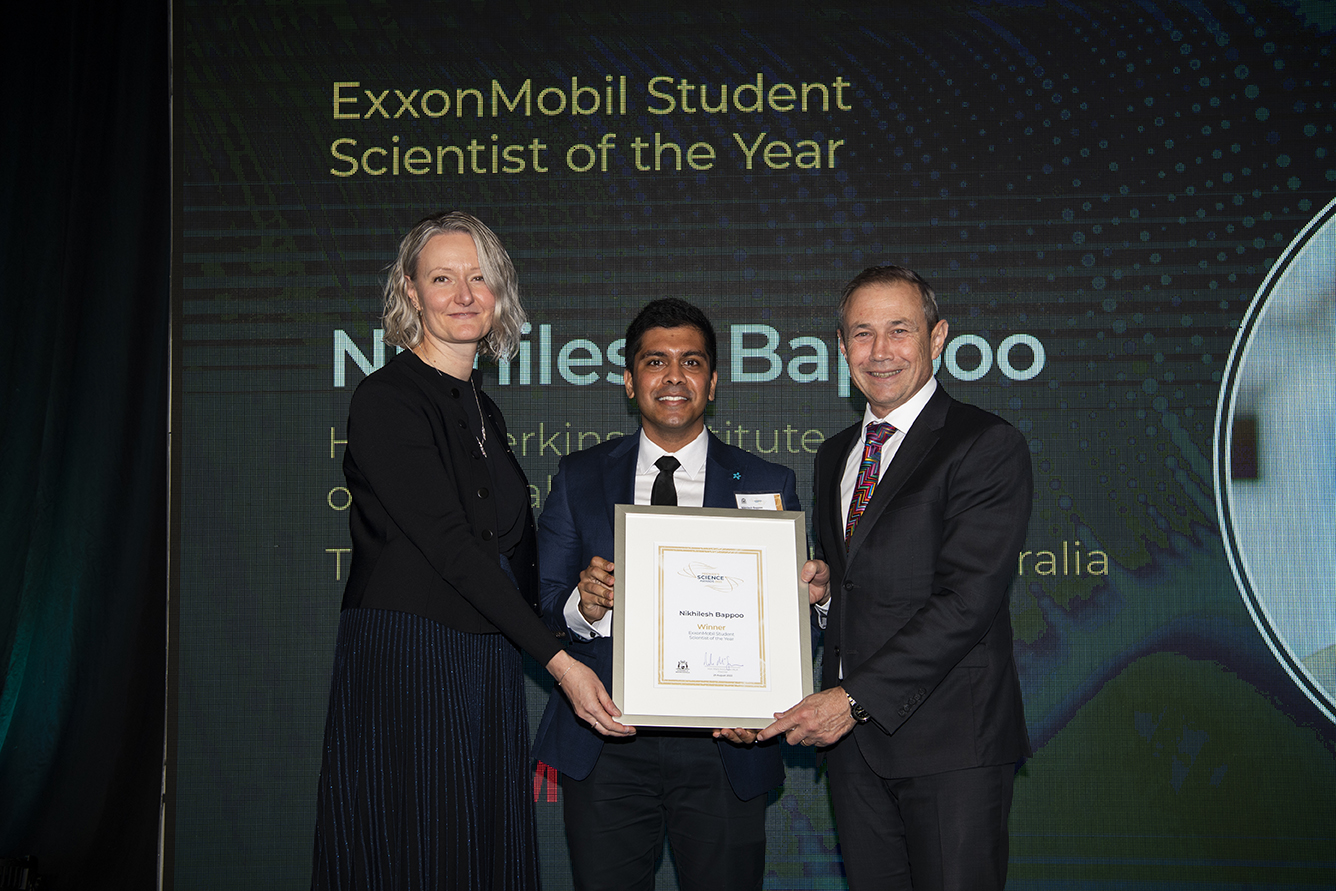
Nikhilesh (Nik) Bappoo biomedical engineer specialising in vascular research. His work includes simulating blood flow to predict aneurysm growth and rupture, ‘engineering placenta’ to predict abnormalities during pregnancy and more.
Nik is the Co-founder, Director and Chief Technology Officer of VeinTech Australia – a Perth start-up which aims to improve the experience of both the patient and the doctor when it comes to intravenous cannulation (aka IV needles).
He also manages product development and regulatory affairs for VitalTrace – a Perth start-up developing a novel biosensor to improve childbirth outcomes for mothers and babies.
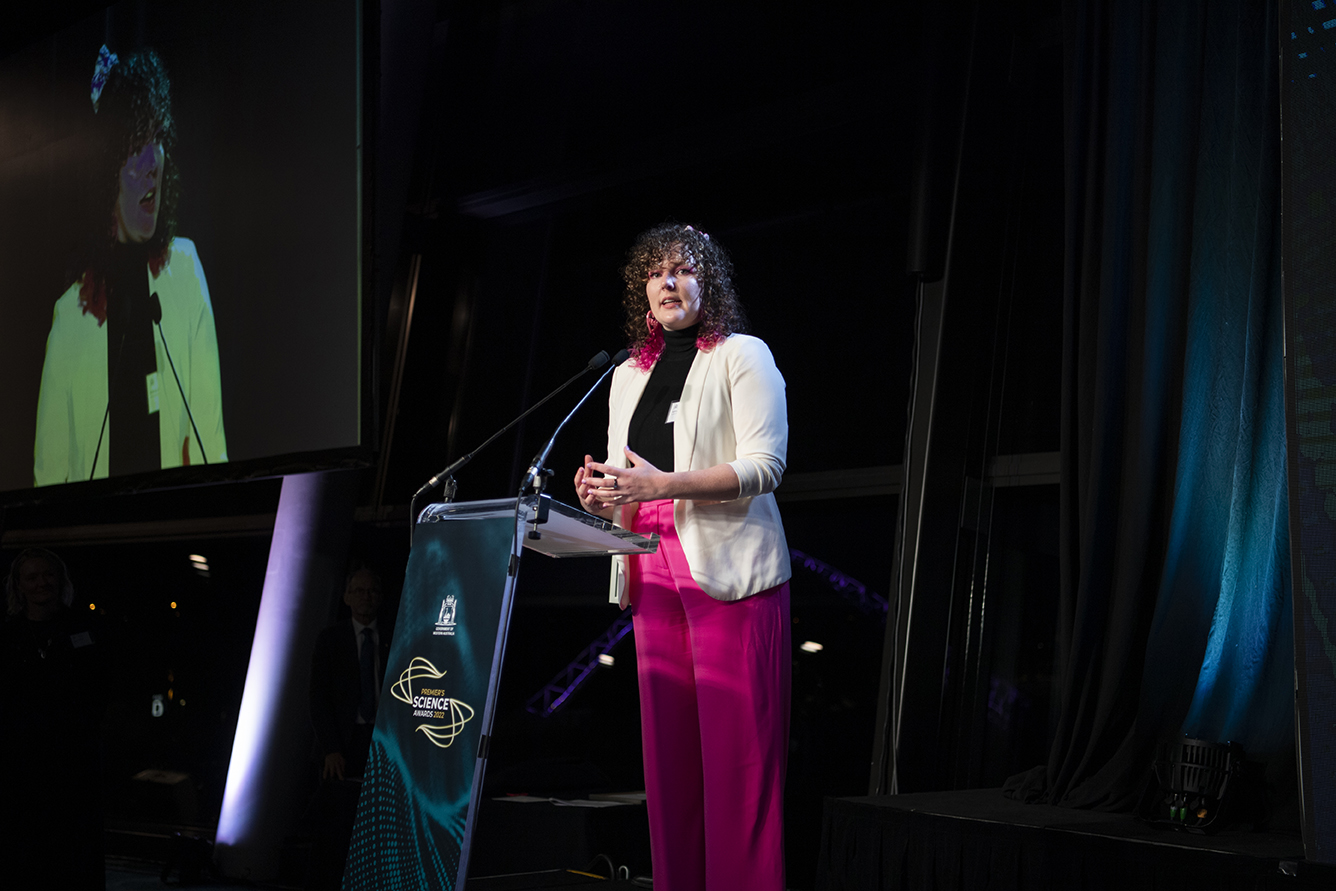
Kathryn Ross is a postgraduate research student based at the Curtin Institute of Radio Astronomy and the International Centre for Radio Astronomy Research. She’s currently studying baby black holes at the centre of galaxies. So far, her work is suggesting that these black holes are not as young as we previously thought.
Kathryn is also leading the IncludeHer national campaign which is all about diversifying the representation of scientists in schools.
Shell aboriginal Stem student(s) of the year
This year, this award category had joint winners – James Hill and Tahlia Prior.
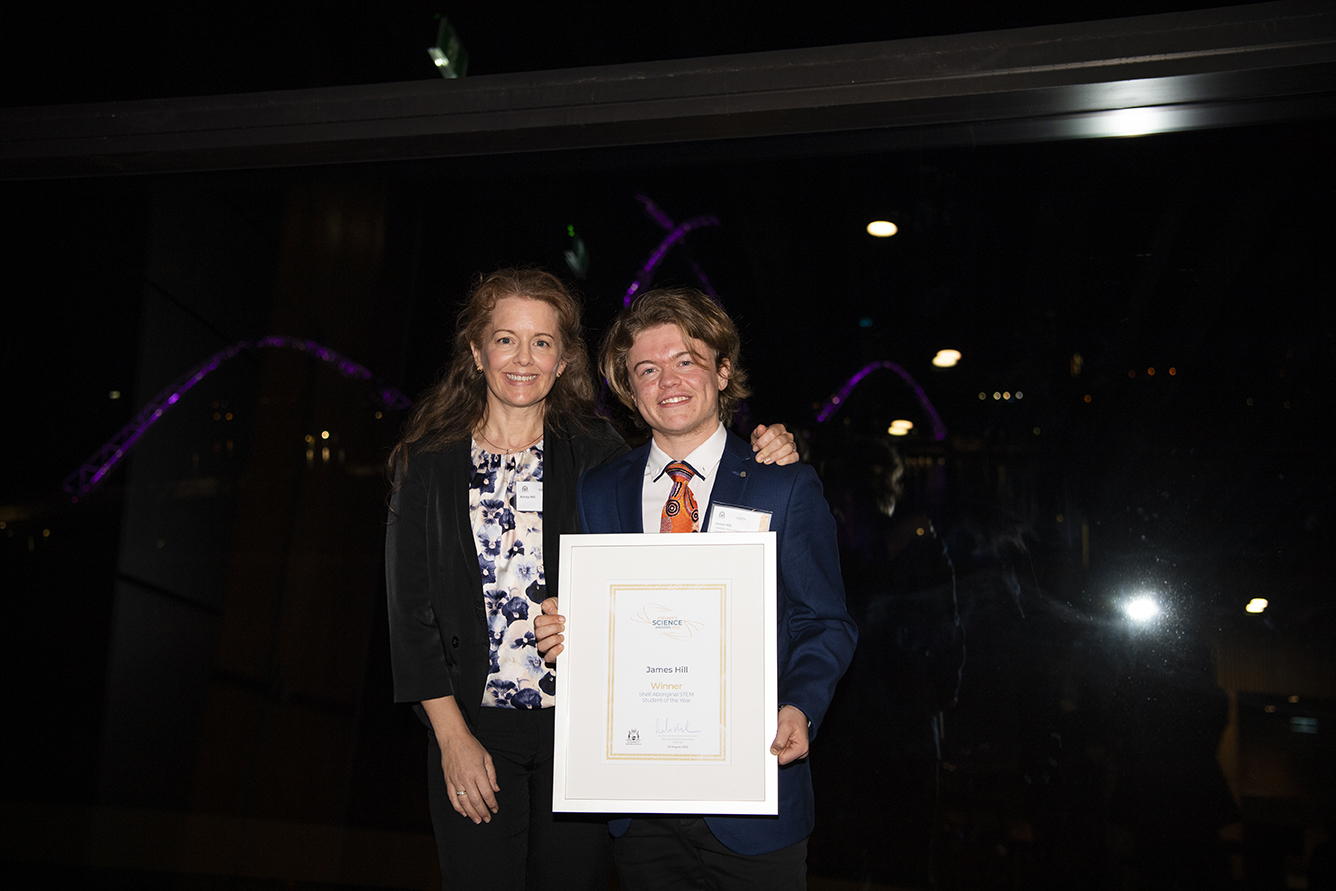
James Hill is a PhD student at UWA and the Telethon Kids Institute. He’s currently investigating how negative attitudes and actions relate to the disproportionately poor mental health outcomes for trans and gender diverse young people.
James aspires to become a researcher and clinical psychologist who assists Indigenous and LGBTQAI+ people live a full and healthy life. He believes that engaging with communities and learning from lived experience is the key to developing successful interventions.
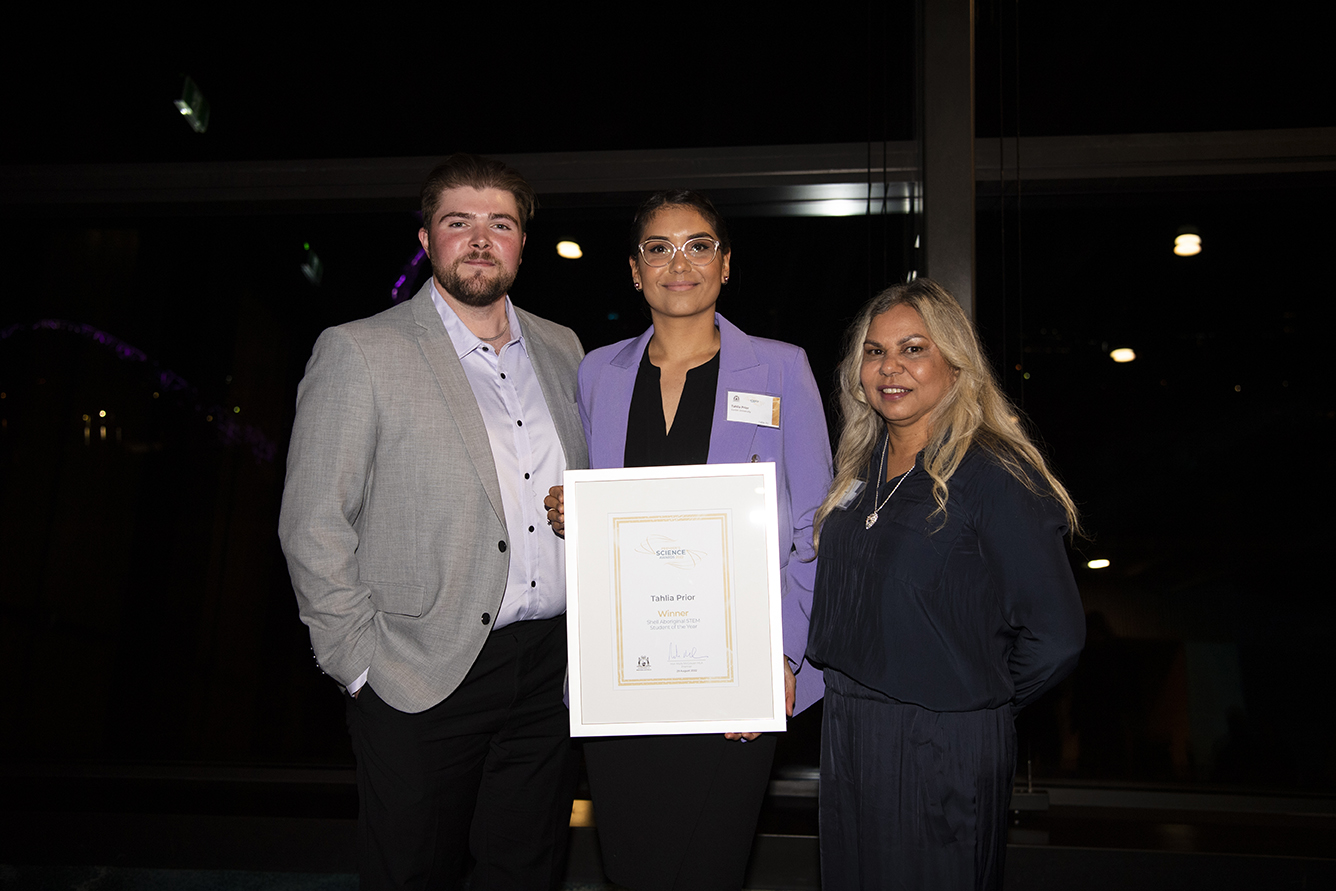
Tahlia Prior is a proud Ballardong Whadjuk Nyungar, Wajarri Yamatji woman in her final year of a civil engineering degree.
Through her work, she aspires to continue helping organisations build a strong relationship with the Traditional Owners and Elders of the lands on which they are working on.
Chevron science engagement initiative(s) of the year
This year, this award category had joint winners – the Autism Academy for Software Quality Assurance and Marble Bar Primary School.
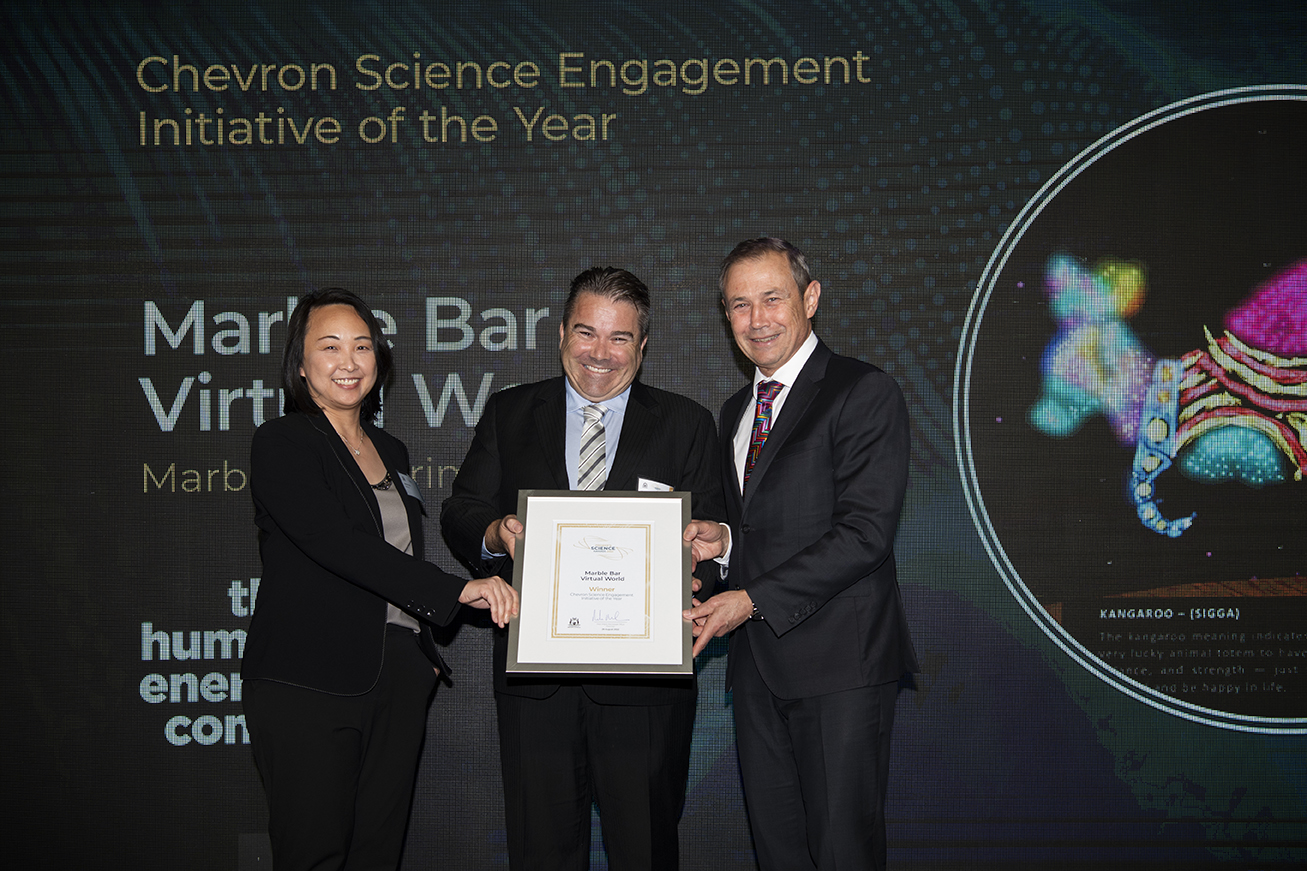
Students at the Marble Bar Primary School have collaborated with Airborne IT and local Elders to create a first-of-its-kind virtual reality world showcasing the Nyamal Culture. Marble Bar’s Virtual World has been virtually showcased for people across Australia, Japan, Europe, New Zealand and the USA.
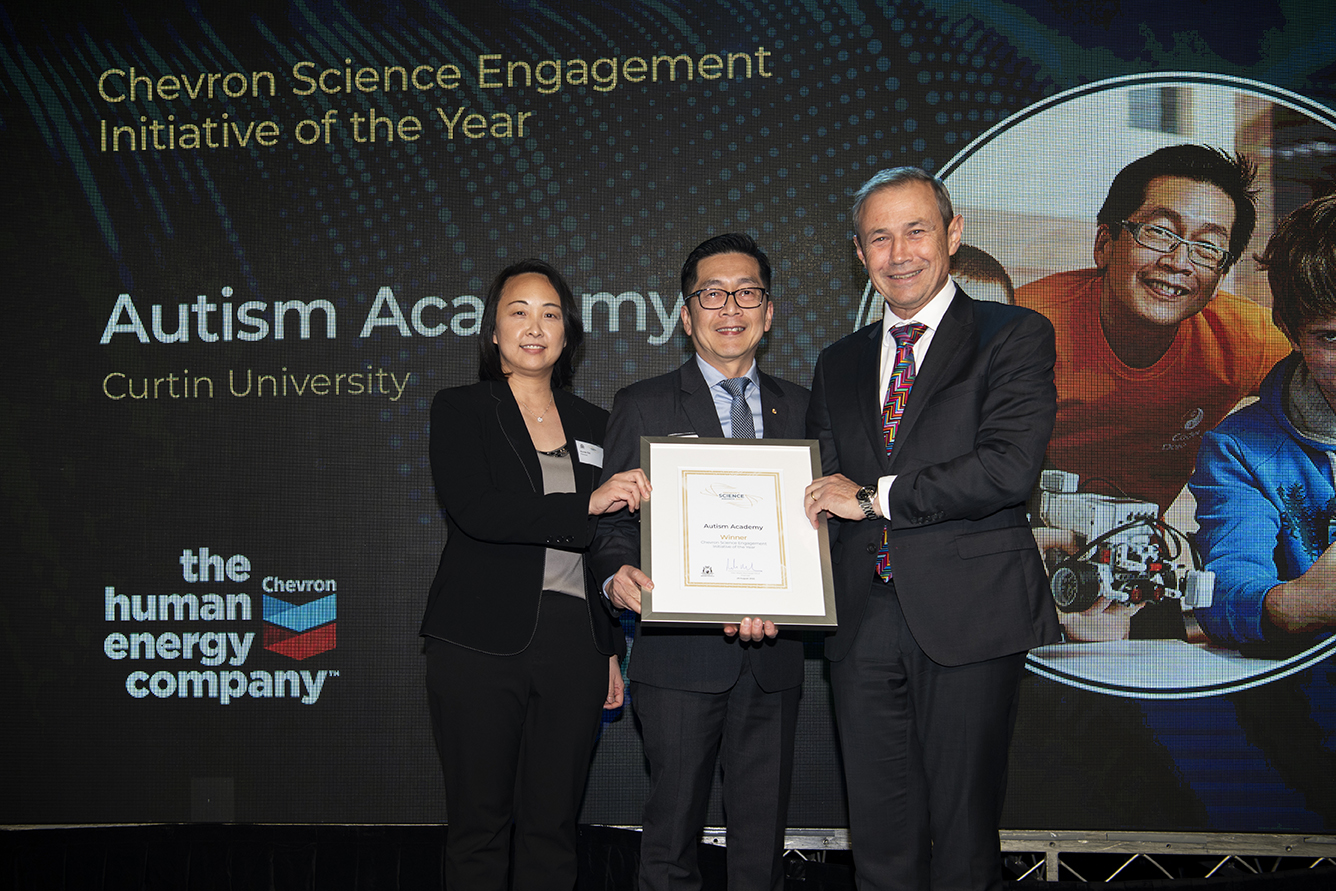
Curtin University’s Autism Academy for Software Quality Assurance (AASQA) is a social innovation initiative harnessing the individual talents of people with autism for the collective benefit of individuals, industry and community. Their mission is simple, enable individuals on the autism spectrum to leverage their talents through training, educating and mentoring programs and provide pathways to valued, long-term employment in the Australian ICT industry.
Starting from Year 7, AASQA provides students with a suite of programs to build their interest in STEM learning and provide pathways towards training and development.
At the end of 2021, AASQA had trained 400 young people. Furthermore, 45 students had transitioned into tertiary education while another 75 people had successfully participated in high-value internships.


